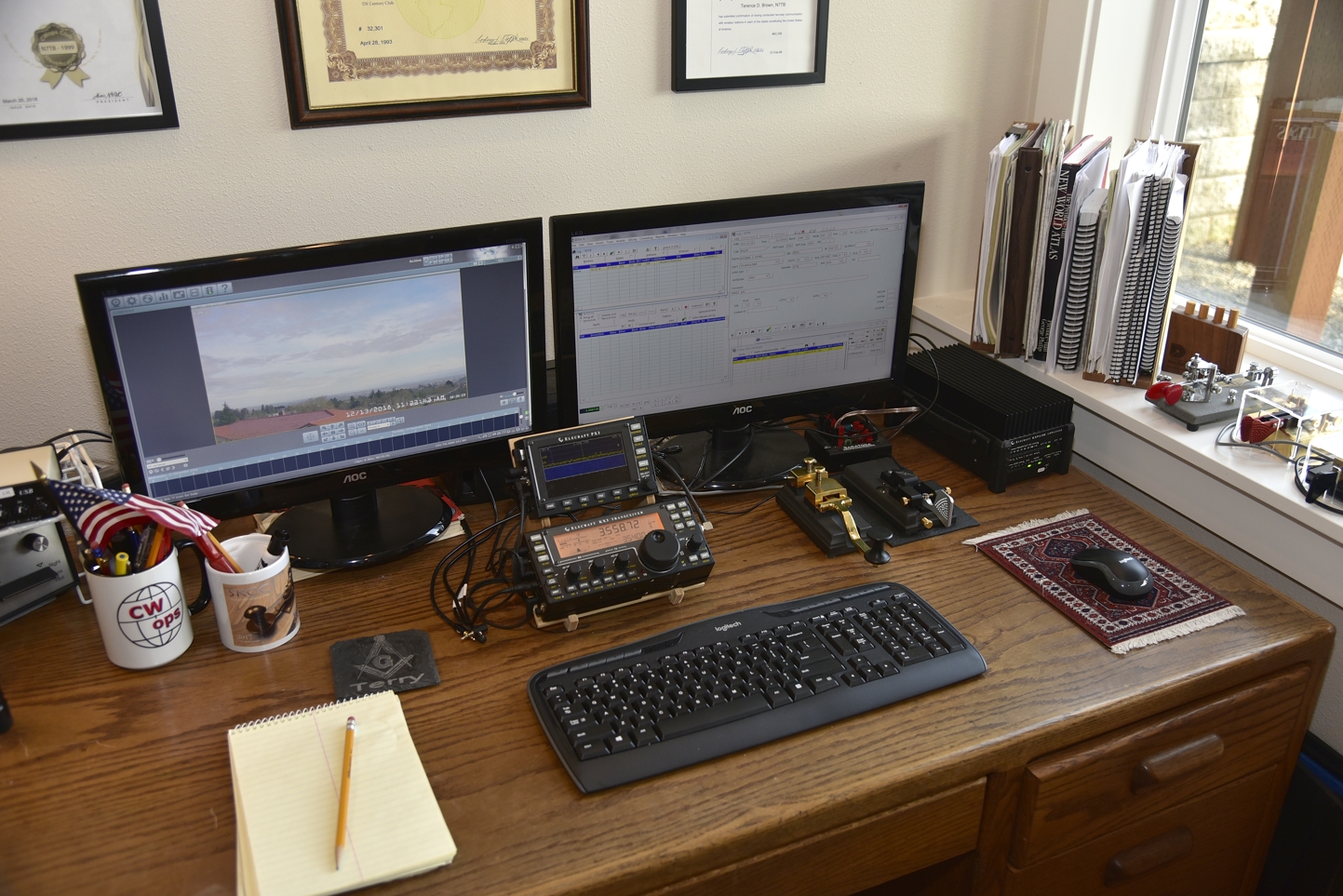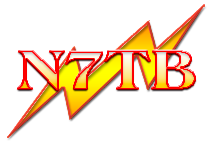
What is “CW?” CW is short for continuous wave. It is another term for Morse Code.
In the past, to earn a ham license required that CW receiving be mastered at differing speeds based on license class. For some hams like me, CW was a “necessary evil” to get a ticket to “talk to the world.” For others of the era, money was tight and inexpensive rigs could be built that did a great job sending and receiving CW. CW became the normal way of operating for them, and remains so.
Today, there is no requirement to master CW in order to get a ham license, so why learn CW? There are many reasons that more and more people are interested in CW.
- They want to be part of the heritage of Amateur Radio by operating in its original mode.
- They want a challenge to master a new “language.”
- They want the thrill of working a CW QSO, copying in their heads and having their brain process it like a voice contact.
- They know other hams that absolutely love the mode and find it relaxing and fun to do.
- They want to be able to operate QRP effectively.
- With band conditions at a low point, they want to use a mode that with 100 watts output, and a very simple antenna they can work DX contacts.
If you have an interest in learning CW or improving your proficiency, I cannot recommend the CWops CW Academy classes more higly. If you have an interest in getting started in CW, but have never learned any CW, enroll in the Level 1 Class. If you are more proficient, contact CWops to see which class would suit you the best. These are highly sought after classes and the waiting list can be up to a year. If you do decide to enroll in a CW Academy class, commit yourself to being successful by doing the homework assignments and spending sufficient time to learn CW. Other resources include the Long Island CW Club and various CW apps on mobile phones.
CW is not for everyone. It takes a lot of work to become proficient. But, if you want to challenge yourself to learn a “new language” that not many hams are willing to make the effort to learn, and you want to recapture the heritage of what Amateur Radio once was, CW is for you.
In addition, if you want to explore the world of QRP; what is marginal in SSB works well in CW. This fact alone is what tipped the scale for me. I have recently started doing Parks on the Air activations. I can routinely make many contacts with simple antennas and 10 watts CW with my KX3 or KX2.
You will find that Hams who operate CW will slow down for you as you learn, because all of us were in your shoes at one time. CW has brought the joy of Amateur Radio back to me. In this age where CW is no longer required for a license, perhaps you will decide to find the magic of CW that you have never experienced before.
